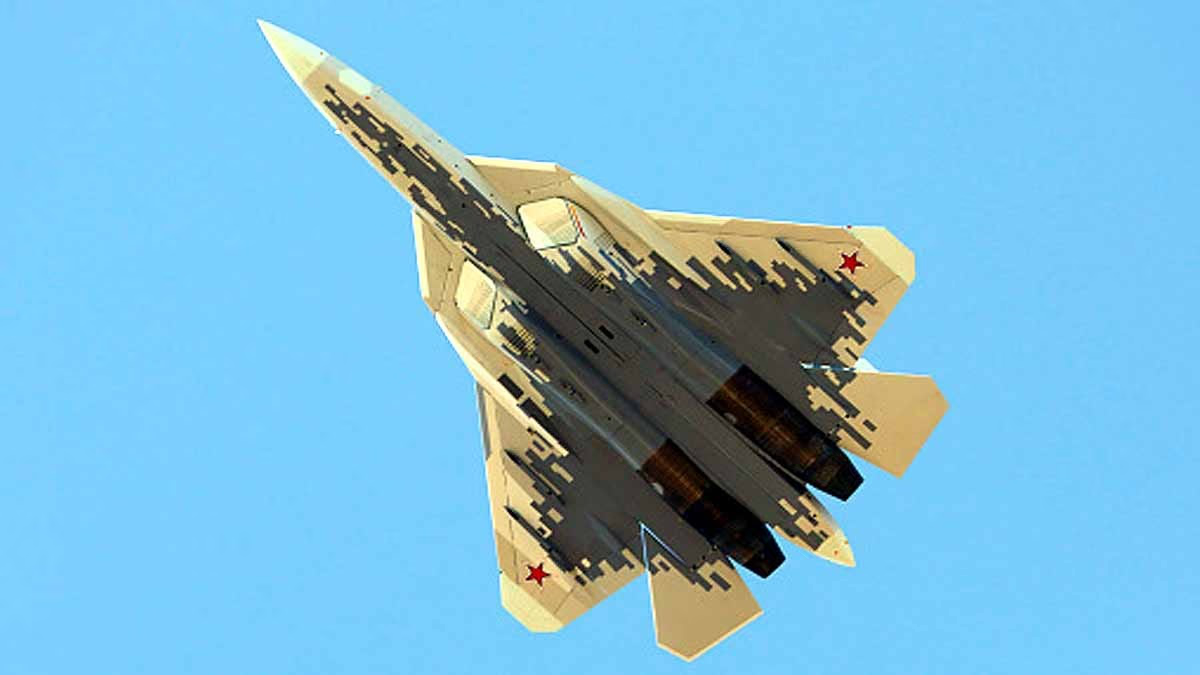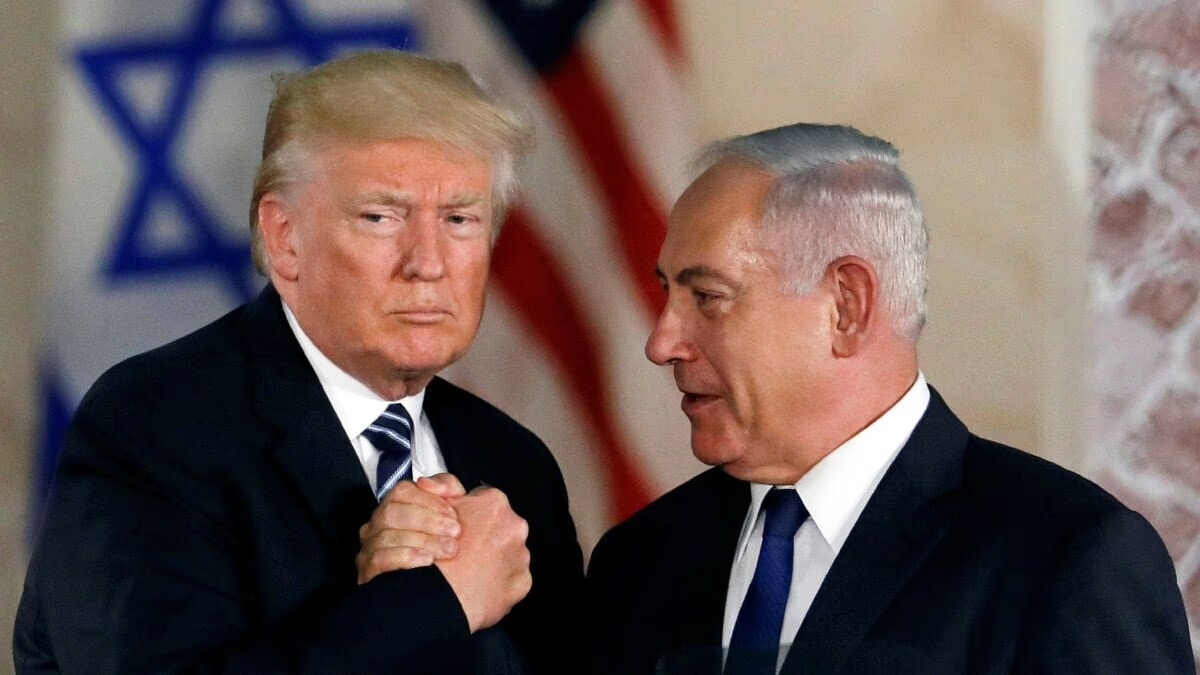India is planning to purchase Su-57 fighter jets from Russia. Two squadrons, approximately 36 aircraft, will be directly bought from Russia. Moreover, under a license, HAL's Nashik plant will produce five more squadrons (around 90 aircraft), making a total of 140 aircraft for seven squadrons. This initiative aims to bridge the fighter gap in the Indian Air Force (IAF) and to enhance competition with the American F-35. However, an official confirmation from the government is still awaited.
This plan surfaced post Operation Sindhur in May 2025, where India strategically attacked Pakistani airbases and installations from afar during a brief Indo-Pak conflict, leading to a ceasefire. Experts suggest that the IAF needs long-range armaments, penetration options, and secure platforms.
Especially during night raids, when Pakistani air defenses are active, Operation Sindhur highlighted the limitations of current aircraft, accelerating the discourse around Su-57 acquisition.
The Su-57 is a superior fighter jet, blending advanced sensors and signature management—unlike the capabilities found in Rafale or Su-30MKI. Its Sh-121 system, featuring the N036 Byelka radar and L-band array, swiftly locates adversaries. Additionally, the 101KS electro-optical system provides missile alerts and laser DIRCM.
The main weapons are concealed within two large and two small cheek bays, reducing radar cross-section. Currently equipped with AL-41F1 engines, the Izdeliye 30 engines are undergoing testing. With Himalayan electronic warfare, secure datalinks, and helmet displays, it can track and strike enemy radars effectively.
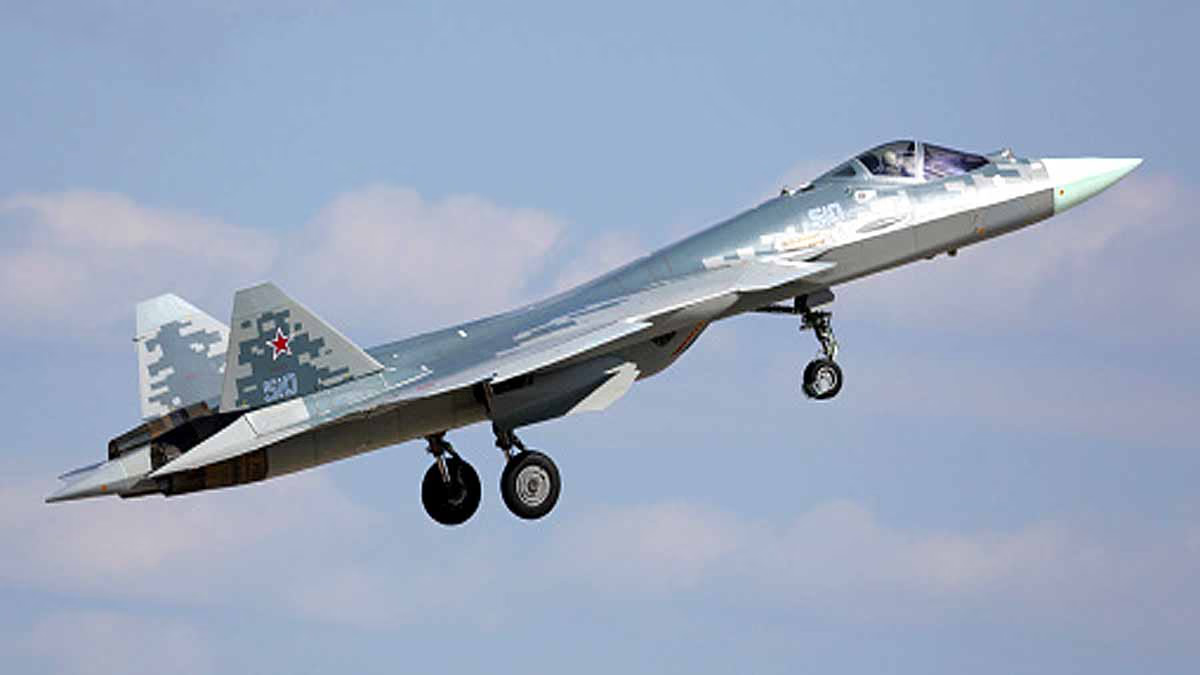
Source: aajtak
Primarily, Su-57 weapons are housed internally. For aerial combat, it employs R-77M (long-range), R-74M2 (short-range), and R-37 (very-long-range) missiles. Ground attacks use Kh-59MK2, Kh-38M cruise missiles, Kh-69 precision bombs, Kh-58UShK (radar destruction), and Kh-35U (maritime strikes).
Additionally, KAB-series guided bombs and a 30 mm cannon are integrated to remain stealthy. External payloads of up to 10,000 kg are possible but increase radar visibility, leading to closed bays during engagement. Hypersonic options are discussed with certain export restrictions.
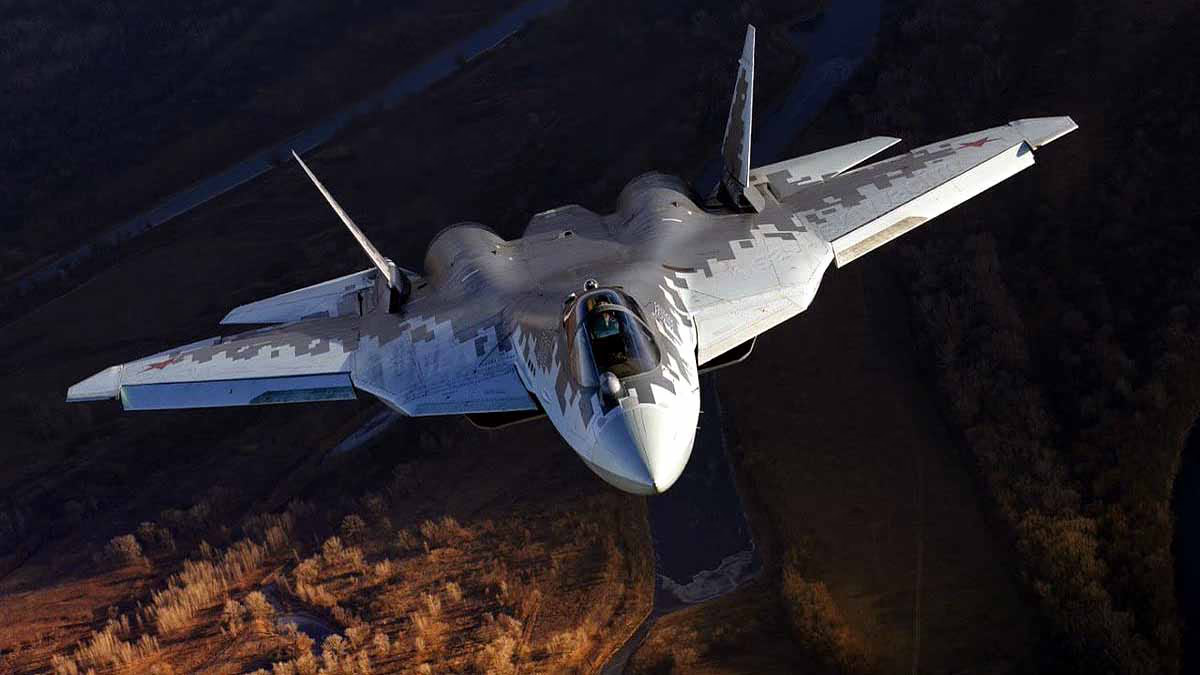
Source: aajtak
The Su-57, aside from US models, has seen substantial combat utility. Russia deployed it in Ukraine, utilizing standoff weaponry. Its network tested against aerial defenses lends India a versatile edge—launching low-observable missiles outside SAM belts, paired with Su-30MKI escorts and drones.
This strategy mirrors India's prior Su-30MKI approach: acquiring 140 from Russia, later adding 270 indigenous units. Nashik will gain insights into low-observable structures and signature management beneficial to the AMCA (indigenous) project. However, AMCA is expected post-2030, requiring careful calibration of dependency on Russia.
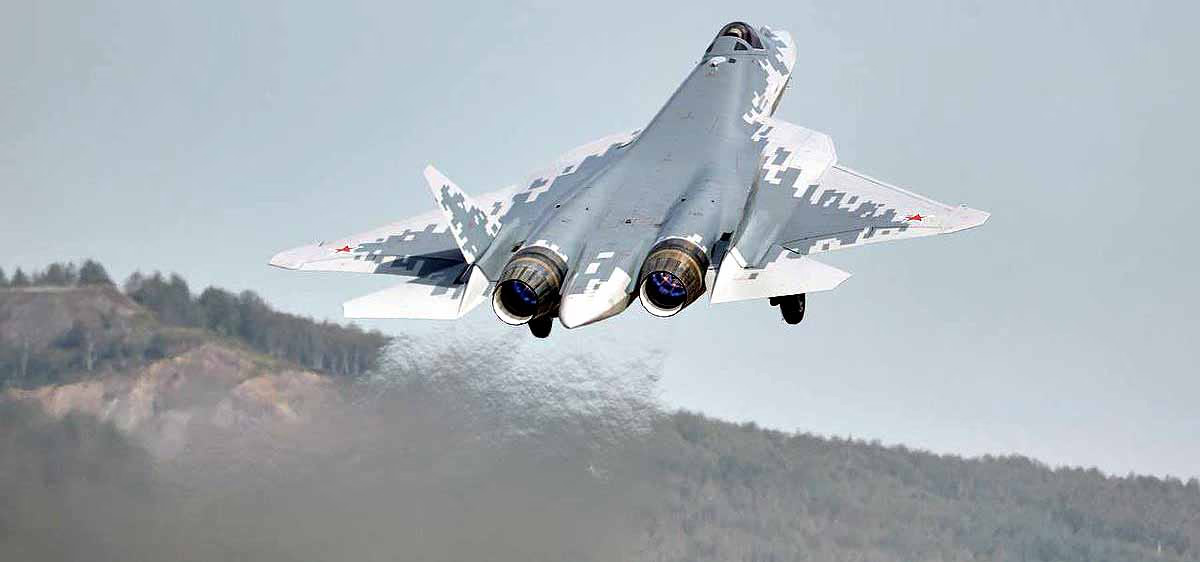
Source: aajtak
In Delhi, debates emphasize range, payload, and survivability against Pakistani defenses beyond mere stealth. Su-57s, equipped with the R-37, can neutralize Pakistani fighters from afar, dismantle radar networks with Kh-69 and Kh-58UShK, akin to Rafale and Su-30MKI, but more extensive reach.
First, addressing Sindhur's shortfall.
Second, fostering ties with France and America, alongside Russian acquisitions. Russia offers licenses and S-400 readiness, however, clarity on delivery timelines, weaponry, and technology transfers is crucial.
